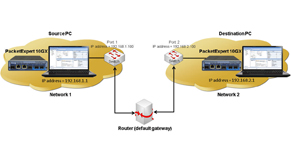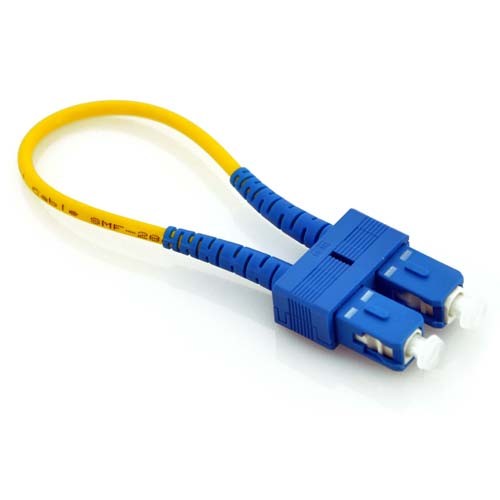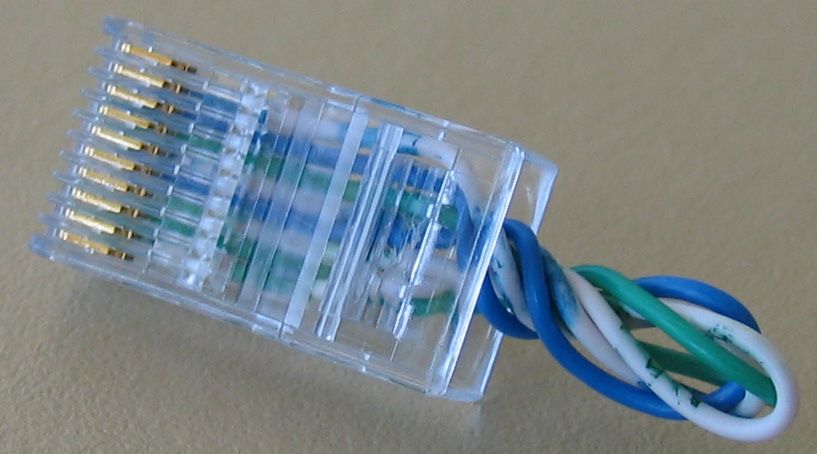

In opposition, EtherSAM individually cycles through the different services, providing quick assessment of the network configuration. Combining the need to repeat the test per distribution with the time it takes to complete a single cycle, RFC 2544 inefficiently increases test time. This implies that the RFC 2544 test must be rerun for all services during a configuration test. A major drawback of the RFC 2544 is the fact that it can only test a single service at a time. For example, 3G mobile backhaul services typically comprise four classes of service while 4G LTE backhaul has seven. Here is a comparison of the RFC 2544 throughput methodology and the EtherSAM service test for a similar service:Īs described earlier, the majority of Ethernet services deployed today include multiple classes of service within the same connection. In tests comparing RFC 2544 and EtherSAM with equivalent test configuration for a single service, RFC 2544 takes 20 minutes to complete a throughput/latency cycle, while EtherSAM takes 25 seconds to complete the network configuration test, which provides more KPI statistics.

This approach is much more efficient because it produces valid results in a very short amount of time compared to the RFC 2544 algorithm. Each step can be configured from 1 to 60 seconds with a default of 5 seconds. Because a pass/fail condition is based on KPI assessment during the step, link quality issues are quickly identified without necessarily increasing test time.

In opposition, EtherSAM uses a defined ramp-up approach where each step takes an exact amount of time. Furthermore, the RFC 2544 subtest cycles through a distribution of frame sizes with each frame size, which increases the total test time. This approach introduces inconsistent delays in the test process as there is no clear way to determine how long a subtest will last. If it experiences many events that cause frame loss, test time dramatically increases. Additionally, the completion of a subtest relies heavily on the quality of the link. The RFC 2544 methodology uses a sequential approach where each subtest is executed one after the other until all have been completed, making it a time-consuming procedure. Another test must be performed to measure this critical KPI for real-time traffic.ĮtherSAM automatically measures this KPI during the committed phase, ensuring that real-time services are prioritized and forwarded within specs. This ensures that any inconsistency or threshold crossing in the committed range is identified, providing the true latency characteristics of a service.

This approach does not take into account any variation or peak that can occur during a long test time.ĮtherSAM measures latency on all generated frames and provides the peak latency and average latency during the committed range. This is performed during the throughput test, reducing the test time required to validate a service.įrame delay is based on the measurement of a single frame during a test time. This does not fit with the committed and excess profiles as these key thresholds are not covered by the frame loss distribution.įrame loss is constantly assessed during the committed phase, ensuring that any loss is quickly identified. The RFC 2544 approach only focuses on the maximum capabilities of a link, therefore always testing at the EIR where performance is not guaranteed.ĮtherSAM clearly tests at the CIR and ensures that KPI performance is met at all times during the process.Įxcess and discard traffic conditions are clearly tested, ensuring that the rate-limiting and traffic-shaping functions are correctly configured on network elements.įrame loss assessment is based on rate distribution, meaning that frames are generated at specific intervals of transmission rates. There is no distinction between committed and excess traffic. This approach focuses on proving that KPIs are met while in guaranteed traffic conditions. While existing methodologies like RFC 2544 only provide the capability to measure the maximum performances of a link, EtherSAM uses a validation approach where KPIs are measured and compared to expected values for each service. Benefits of EtherSAM (Y.1564)ĮtherSAM provides numerous benefits to service providers offering mobile backhaul, commercial and wholesale Ethernet services. This article takes an in-depth look at the numerous benefits of EtherSAM-the new ITU-T draft standard for turning up, installing and troubleshooting Ethernet-based services-which was presented in Part 1 of this article.


 0 kommentar(er)
0 kommentar(er)
